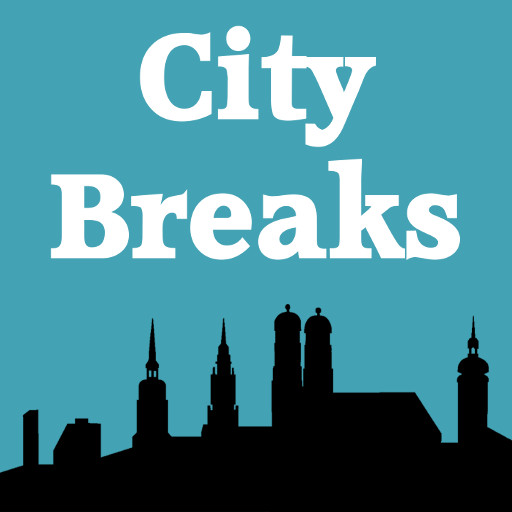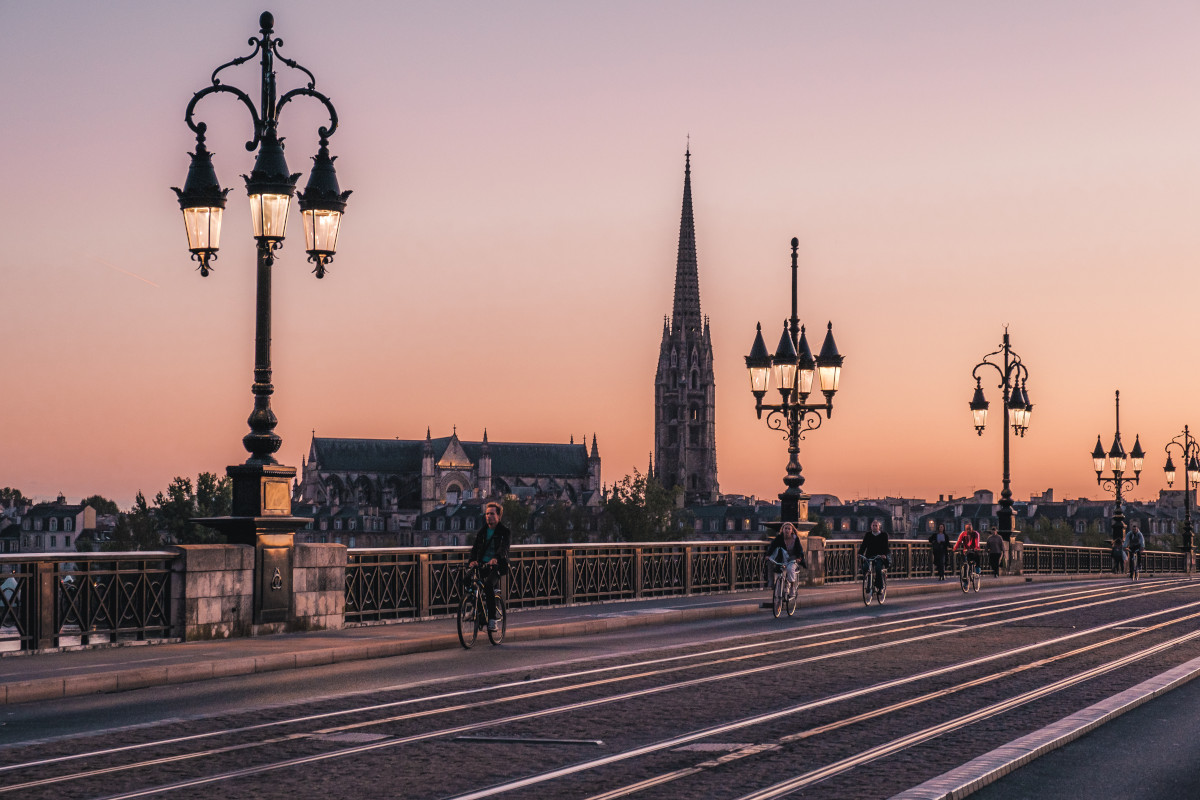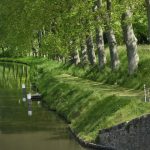Bordeaux’s riverside heritage is crucial – the River Garonne is by far the most important feature in the history of the city. In this post we’ll be looking at a number of museums which tell you all about the links between Bordeaux, its river and its trading prosperity, including the dark stain of slavery and how that is remembered in the city today. The river’s attraction for tourists is covered too, including the many ways to enjoy the riverside in the city, plus ideas for exploring the Gironde Estuary and its unique history and wildlife more widely.
a little history
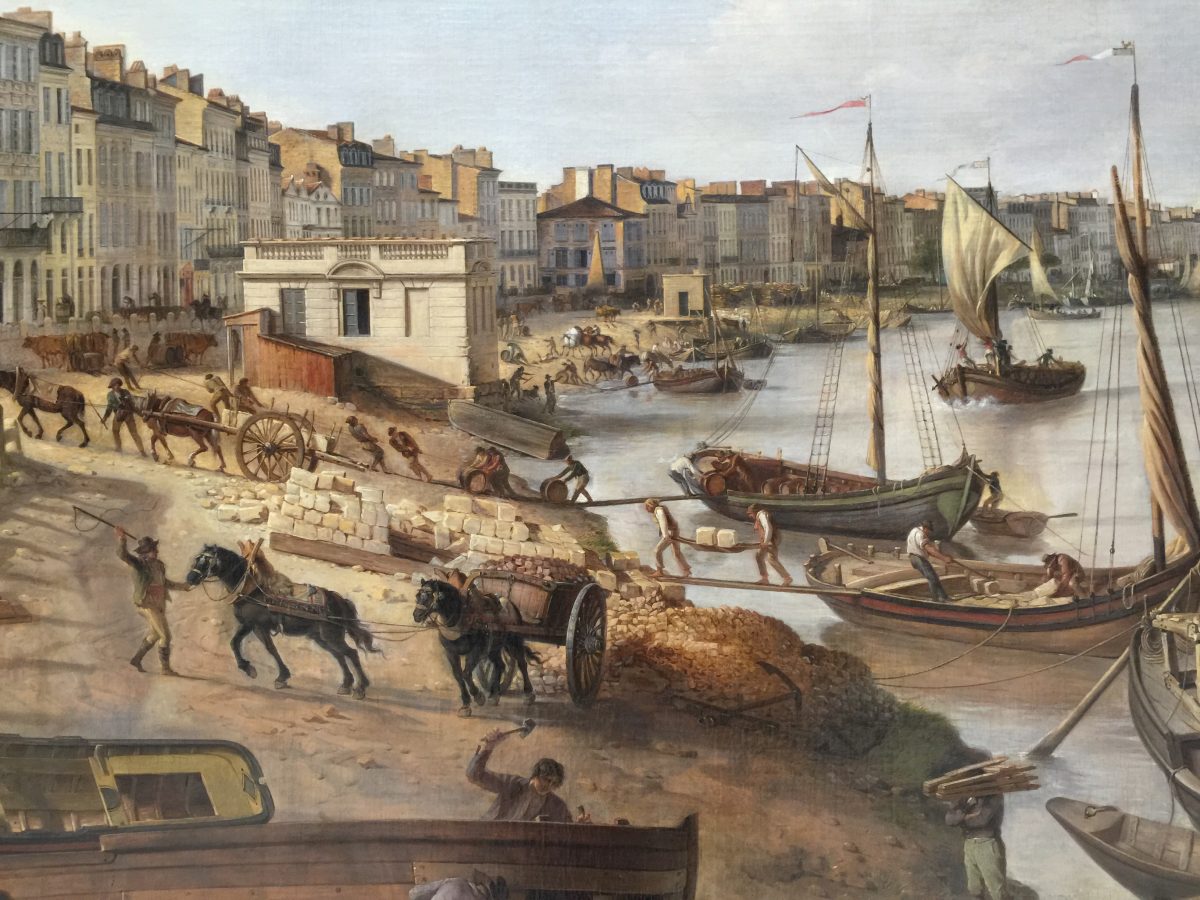
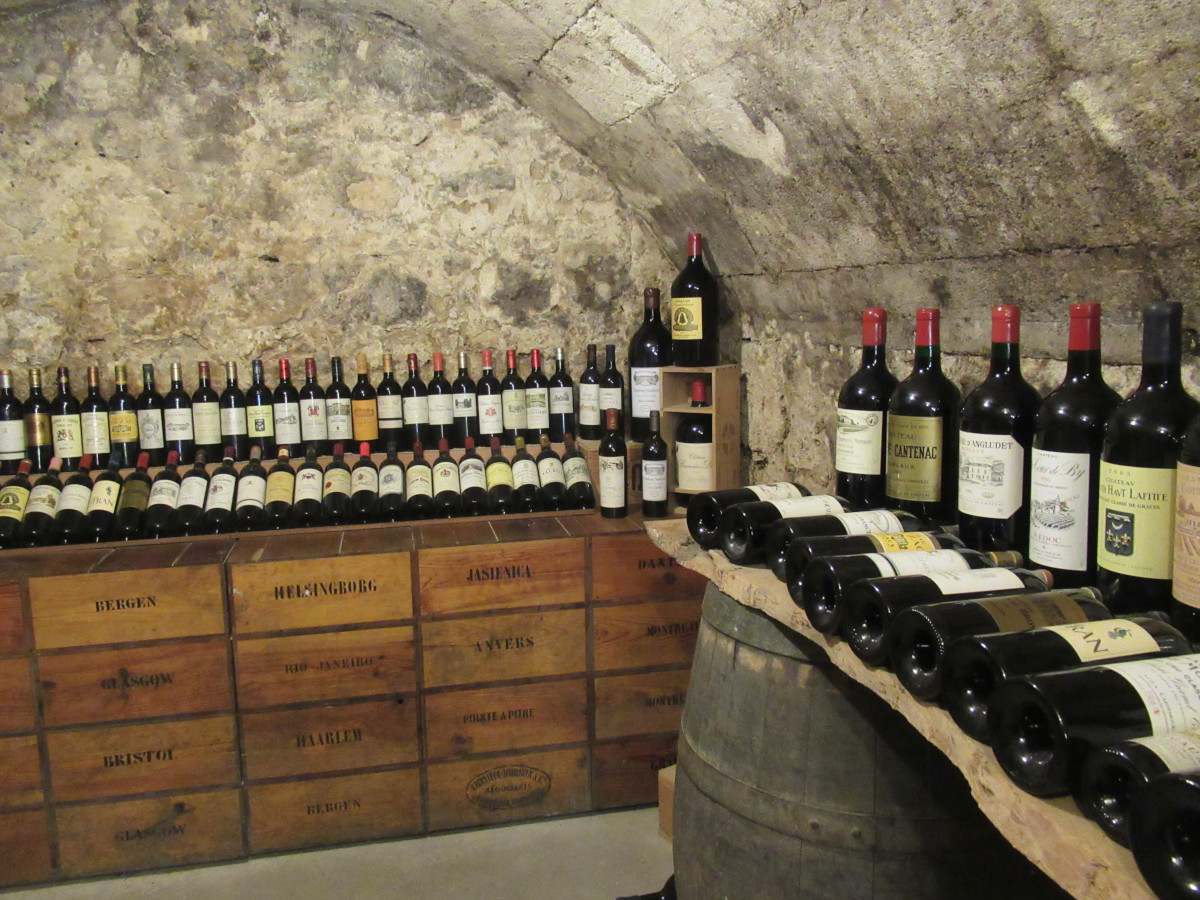
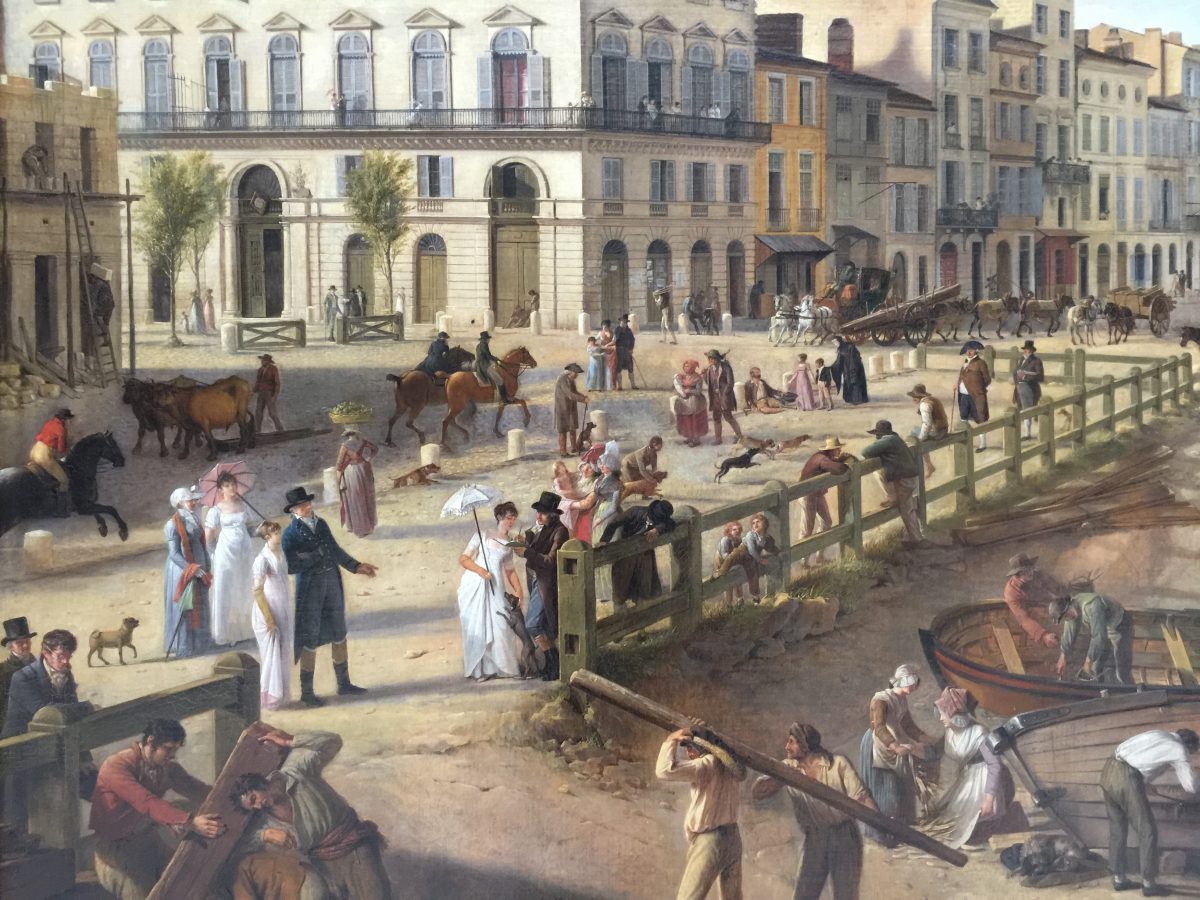
The Romans exploited Bordeaux’s riverside setting, shipping wine back to Rome and developing the city as a trading hub. In the Middle Ages, landing stages and warehouses sprang up along the river, along with craftsmen to produce the barrels and chests needed to ship goods abroad. Henry II, King of England from 1154-1189, and also a ruler in Aquitaine, made trade with England tax-free, leading to a huge boom. The real heyday, however, was in the 18th century, when wine exports tripled in value as the ‘grands crus’ were developed and the reputation for excellence of Bordeaux wines spread far and wide. Many of the fine houses along the river were built by prosperous wine merchants during this period.
4 museums to visit
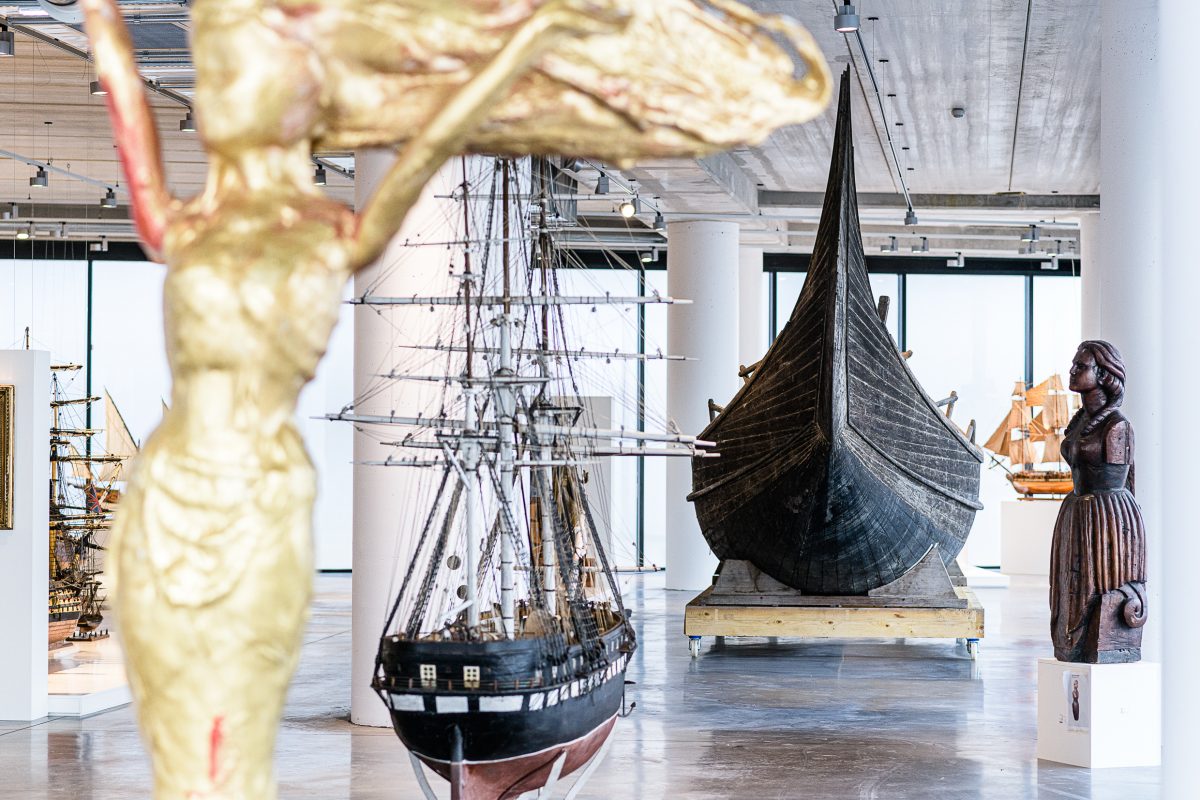
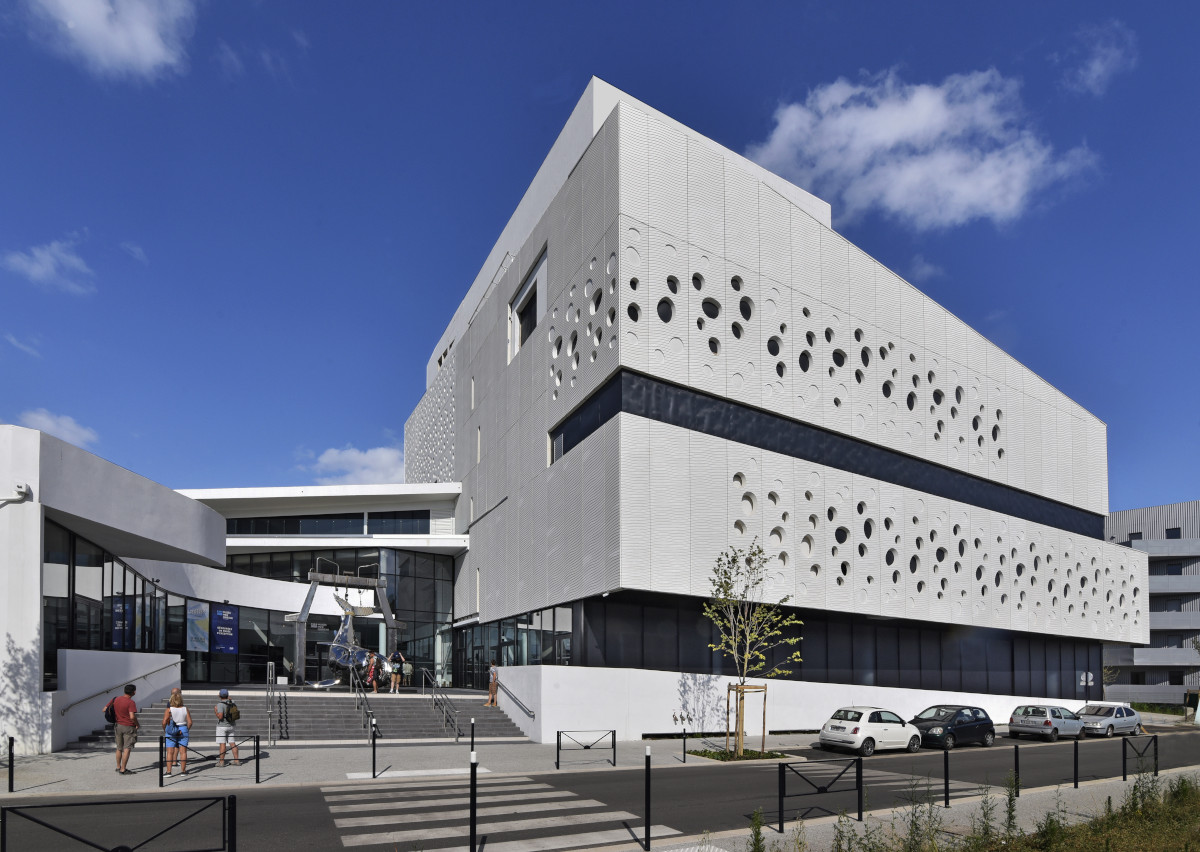
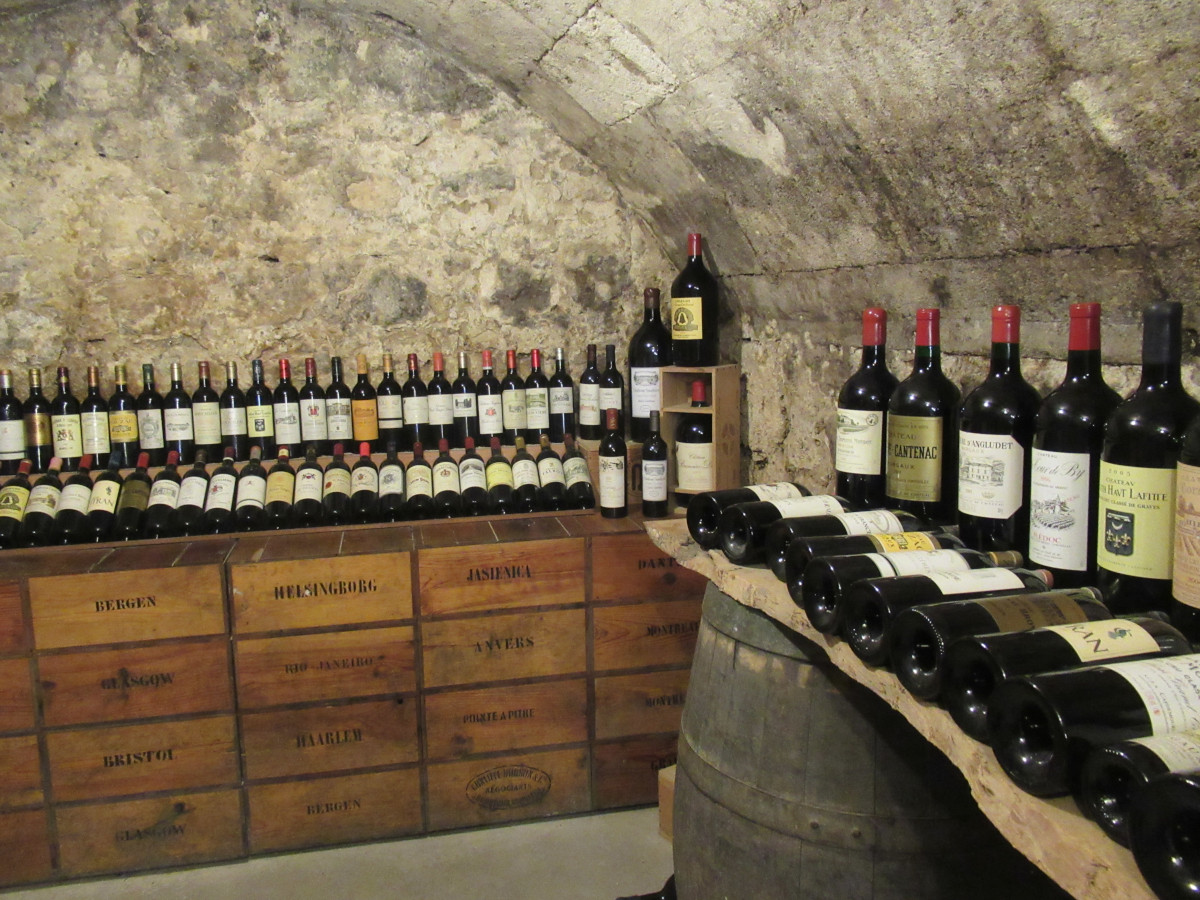
The Museum of Maritime History, in an atmospheric Chartrons townhouse, details 2000 years of Bordeaux as a port from the Romans to the transformation of the city’s riverside in the 20th century. Shipowners and merchants are covered, alongside explorers and politicians, often portrayed through documents and artefacts gathered, as the website puts it, ‘from the attics of important Bordeaux families’.
The Museum of Wine and Trade is housed in a former wine merchant’s house, focussing particularly on the history of the wine trade in Bordeaux. Explore the vaults, full of ancient barrels and bottles, maps and charters and learn about the role of wine merchants, the creation of the Bordeaux Chamber of Commerce in 1705 and the classification system, devised in 1855 which categorised wines as, for example, ‘grands crus’. The visit ends with a wine-tasting, alongside an outline of Bordeaux’s vineyards and wine varieties.
One main attraction of the National Customs Museum (Musée National des Douanes) is that it is housed in the original Customs House on Place de la Bourse. Your chance to get inside one of those imposing buildings! It is staffed by customs officers and gives you the chance to learn all about such topics as the battle against pirates and the continual fight to stop merchants cheating. The Lonely Planet Guide sums up its rich and varied contents as including ‘opium pipes, impounded ostrich eggs, antique measuring scales’.
The Museum of the Sea and Marine Life (Musée de la Mer et de la Marine, MMM for short) is a stunning new building, up near the Cité du Vin, which was built to look like an ocean liner. Its themes include the history of navigation and of military and naval battles, and it has a particular focus on oceanography and environmental protection. A recent temporary exhibition was titled ‘Planet or Plastic?’
slavery: remembering what happened
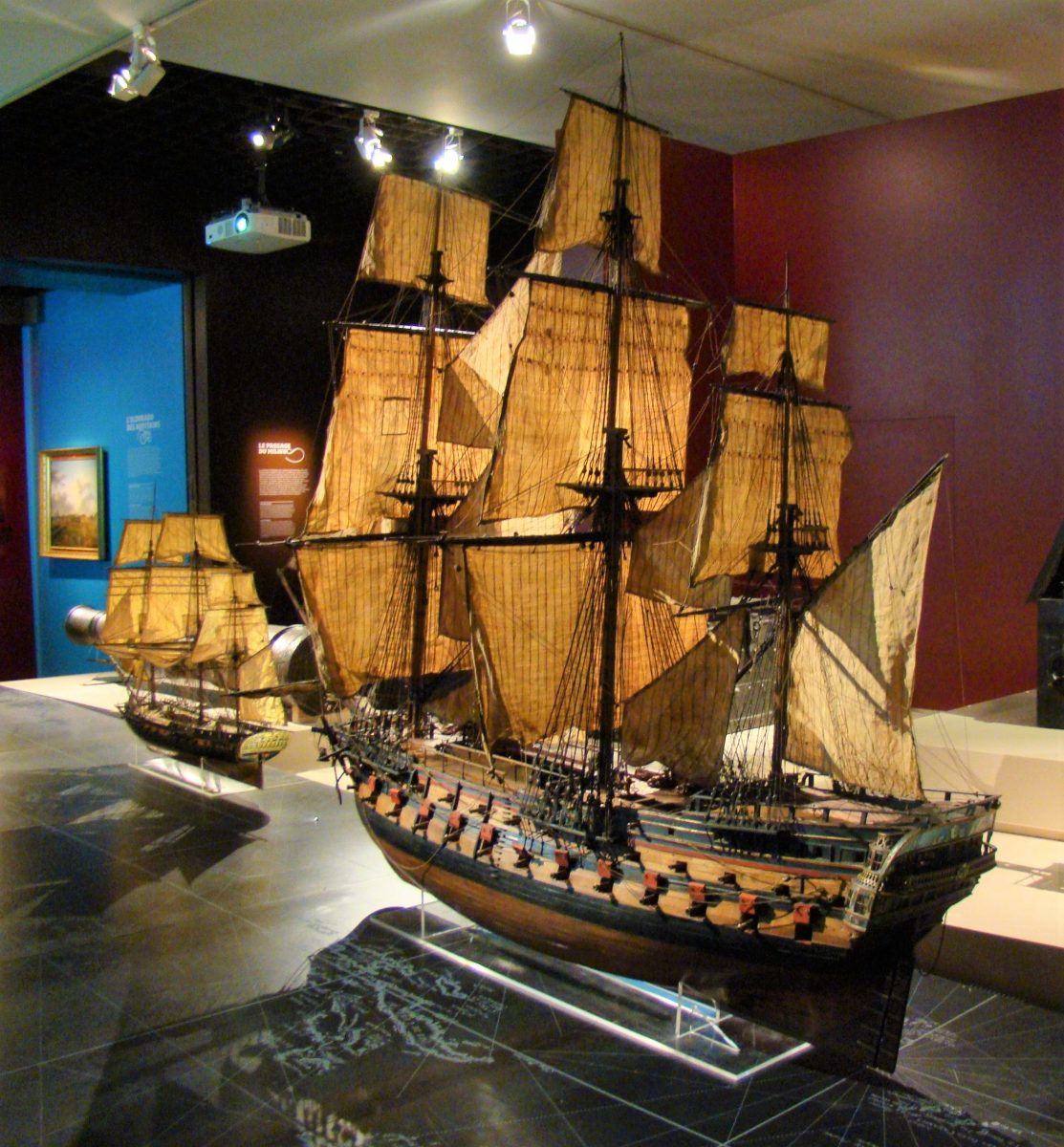
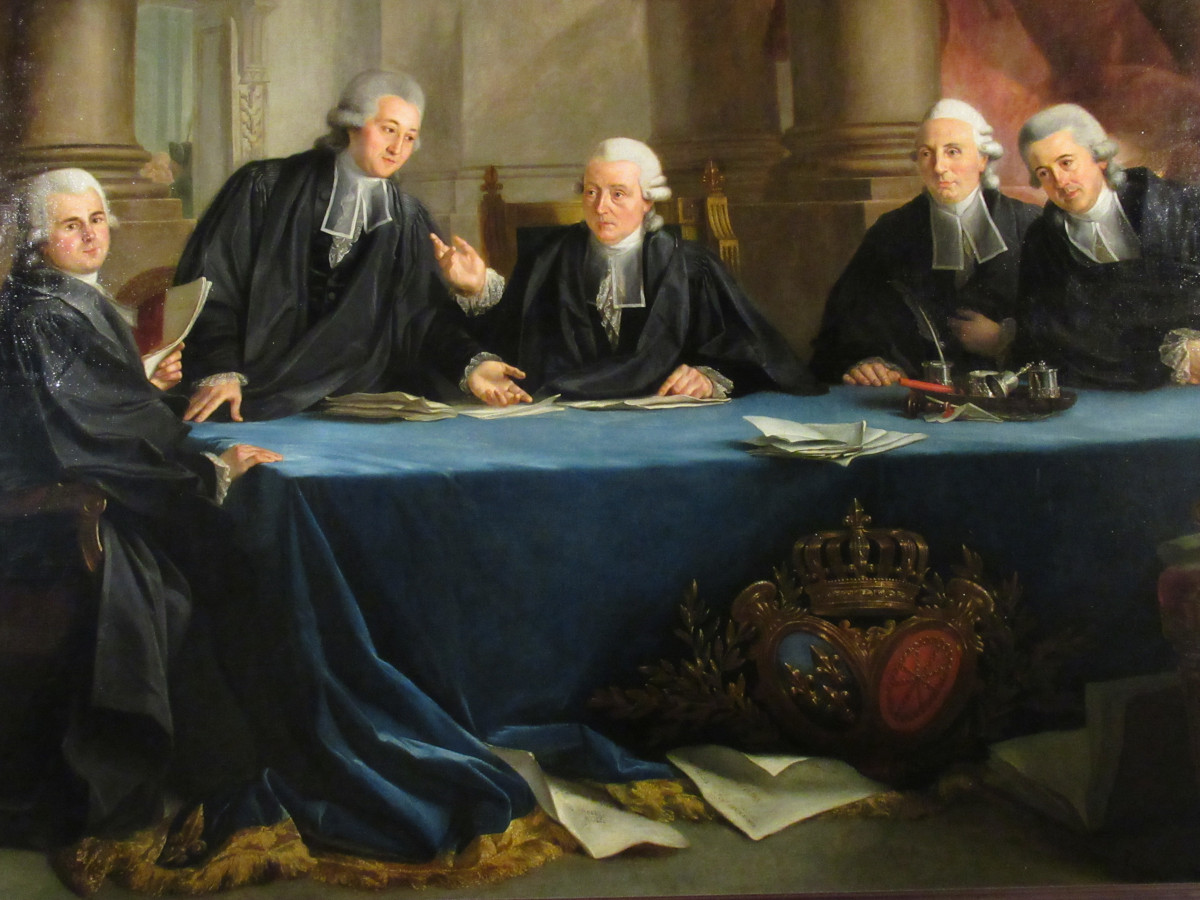
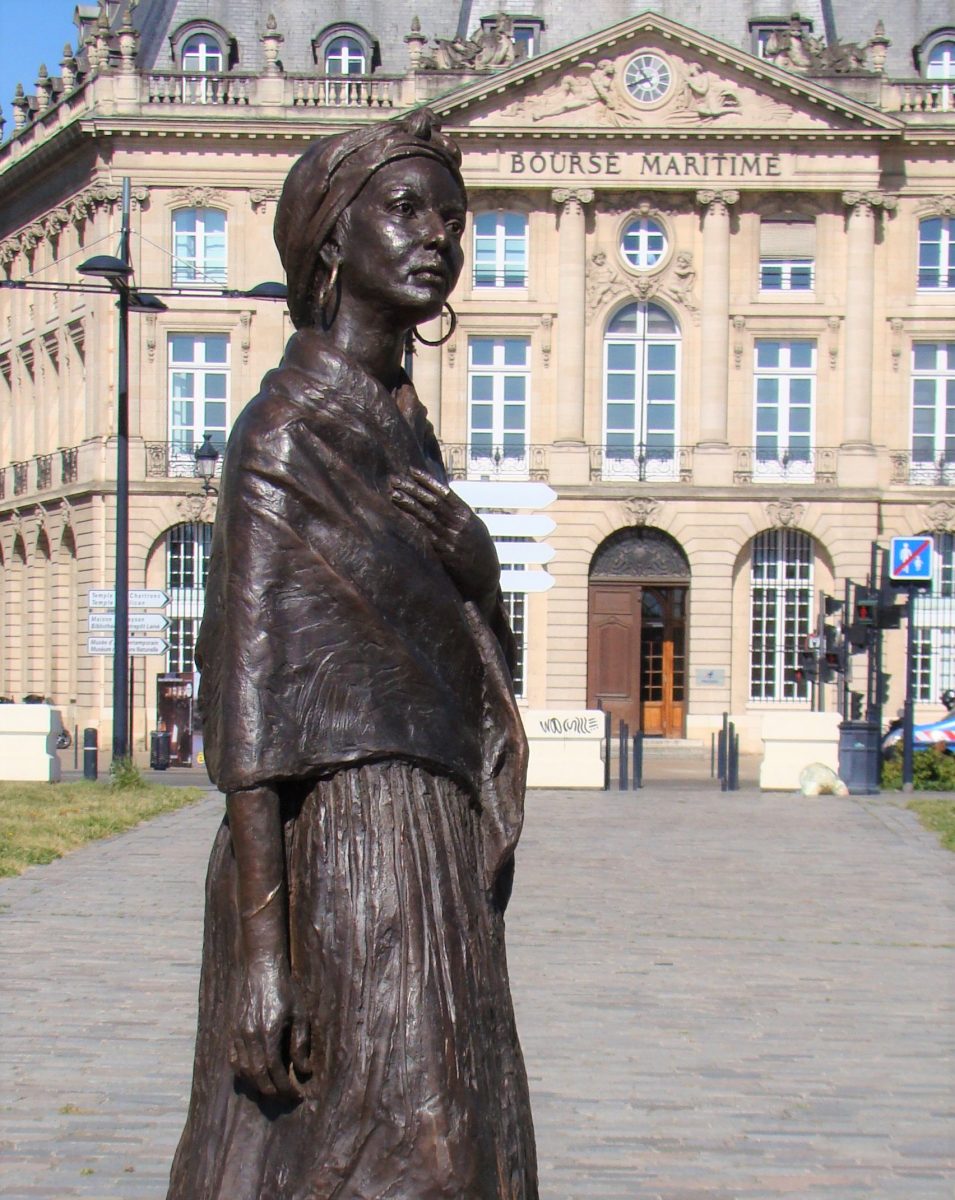
As longer shipping routes became possible, trade developed between Bordeaux and the Americas. At first, wine, oil, silks and other goods were taken to the Caribbean on ships which returned with coffee, spices, sugar and tobacco. Gradually this became the notorious triangular trade, where ships went first to Africa to trade goods for people who were then taken to the Caribbean and sold as slaves, often to work on the sugar plantations, before the ships returned to Bordeaux laden with exotic goods. It’s estimated that some 180 Bordeaux shipowners took part, and that in the 150 years before the abolition of slavery in France in 1848, over 500 ‘slave voyages’ left Bordeaux with 150,000 people who were sold into slavery.
At the Musée d’Aquitaine, there’s a section called 18th century Bordeaux: Atlantic Trade and Slavery, portraying the inhuman conditions on the boats where people were chained on the lower decks in such foul conditions that many did not survive the journey. It explains the harsh working conditions and brutal discipline awaiting those who did, and tells how many were driven to desperate acts attempting to escape. Also highlighted is the prosperity which came to Bordeaux, the 2nd largest slave trading port in France after Nantes, during this period, when many of the city’s most elegant mansions were built. And it details the anti-slavery movement which began in the 18th century and led, finally, to abolition in 1848.
There is a memorial plaque opposite 17, Quai des Chartrons, marking the spot from which the first slave vessel left Bordeaux. And outside the Bourse Maritime (Maritime Stock Exhange) a little further up the river towards Chartons, is a statue of Marthe Testas, whose story represents all those sold from France into slavery. She was captured in about 1780 and brought back to Bordeaux by two brothers, Pierre and François Testas, then sent to the Caribbean to work as a slave on their plantation. She was freed when François died, and this is symbolised by the broken chains at the foot of her statue. She lived until she was 105 and her grandson, François Denys Légitime, became President of Haiti.
the bridges and quays of bordeaux
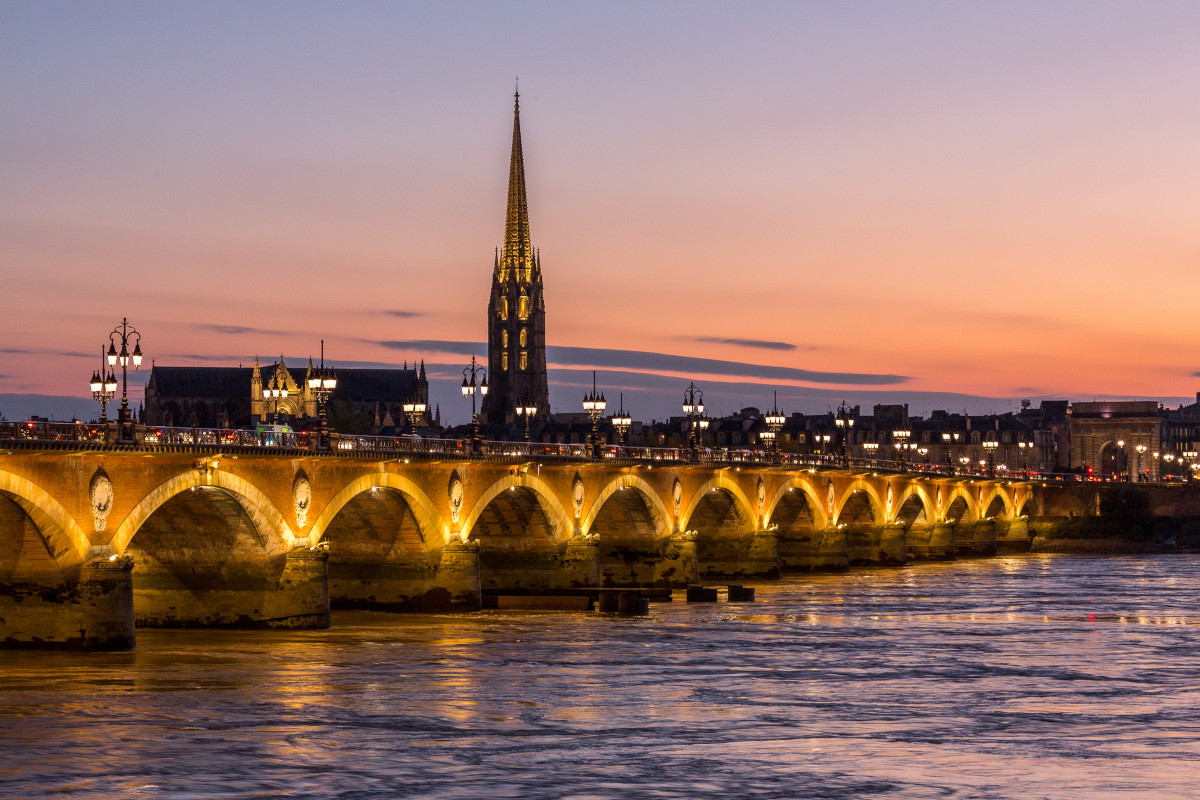
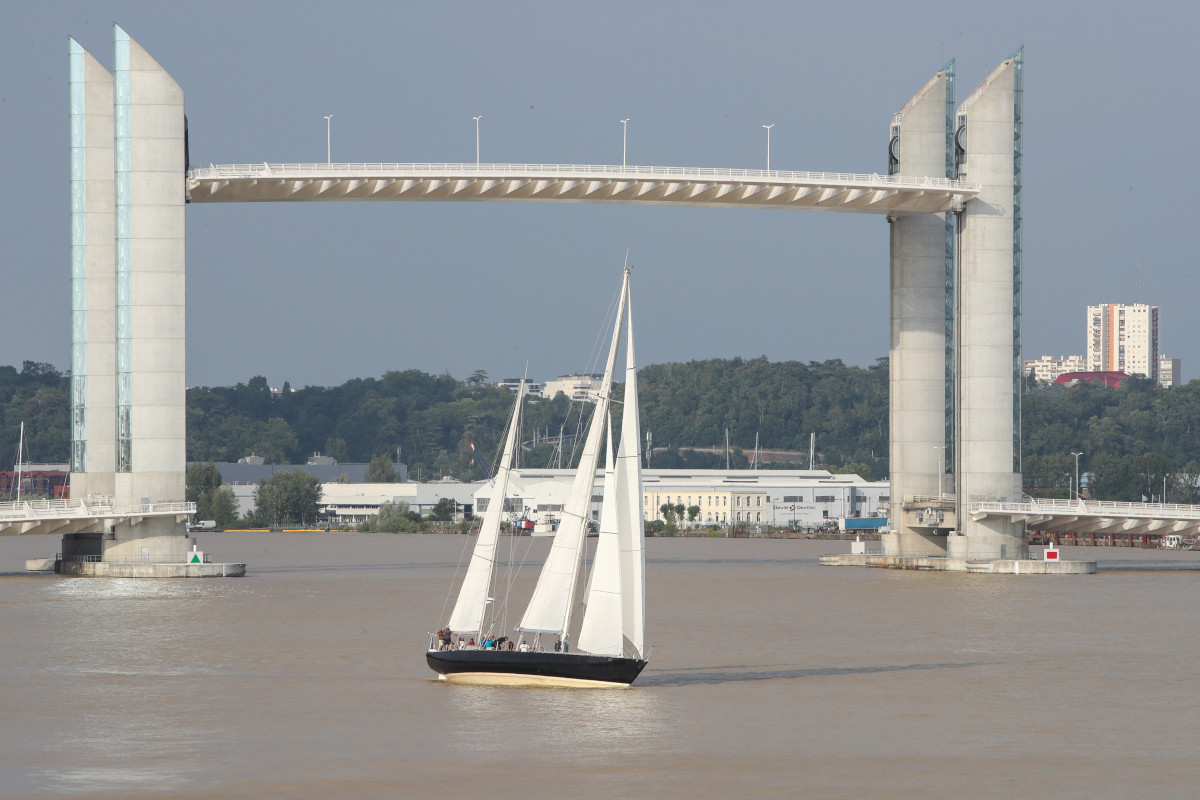
A riverside walk is one of the great pleasures in Bordeaux. The oldest bridge, the Pont de Pierre was built in the early 1800s on Napoleon’s orders and some claim it has 17 arches because each represents one letter of Napoleon Bonaparte’s name. It was widened in the 1950s and refurbished in 1980, when the cast-iron lampposts which make such a beautiful backdrop for photos were added. The other significant bridge is the newest, the Pont Chaban-Delmas, opened in 2013, designed to open up so ships can pass underneath and to light up at night in shades of blue to green to indicate whether the tide is high or low. A reminder that the Garonne is a tidal river.
fun on the river
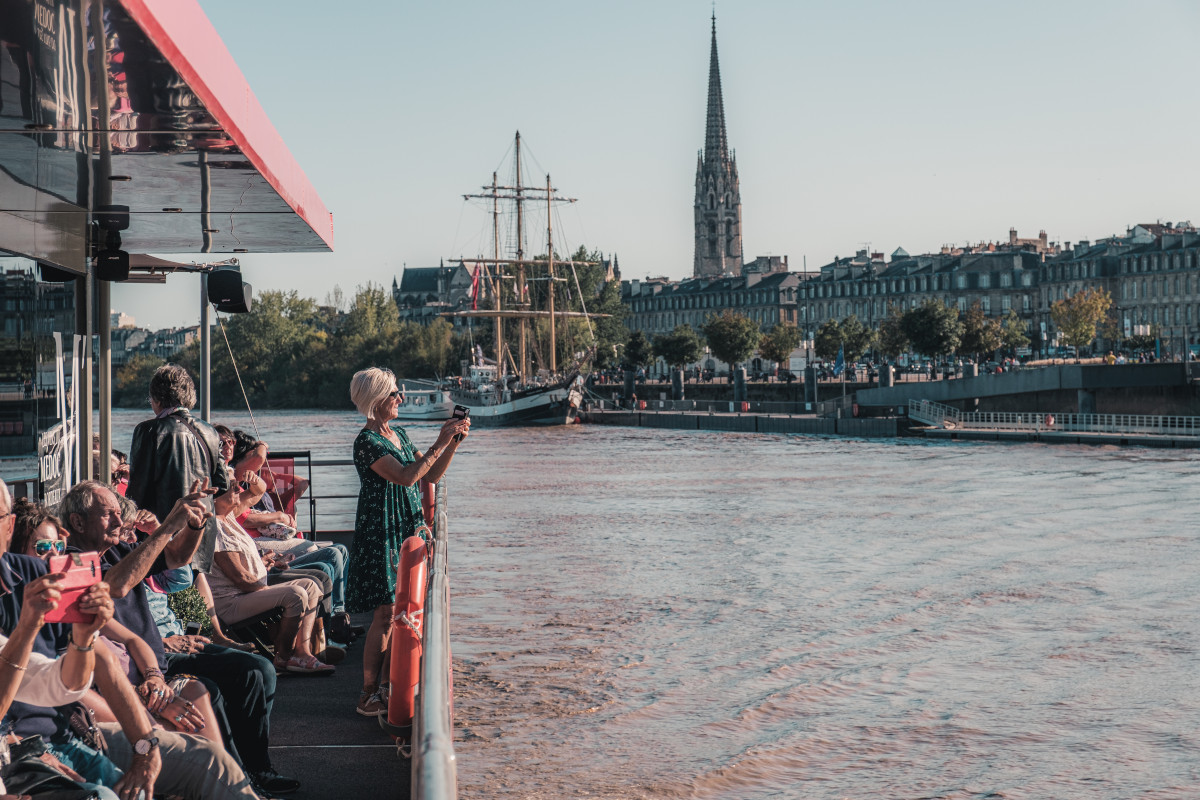
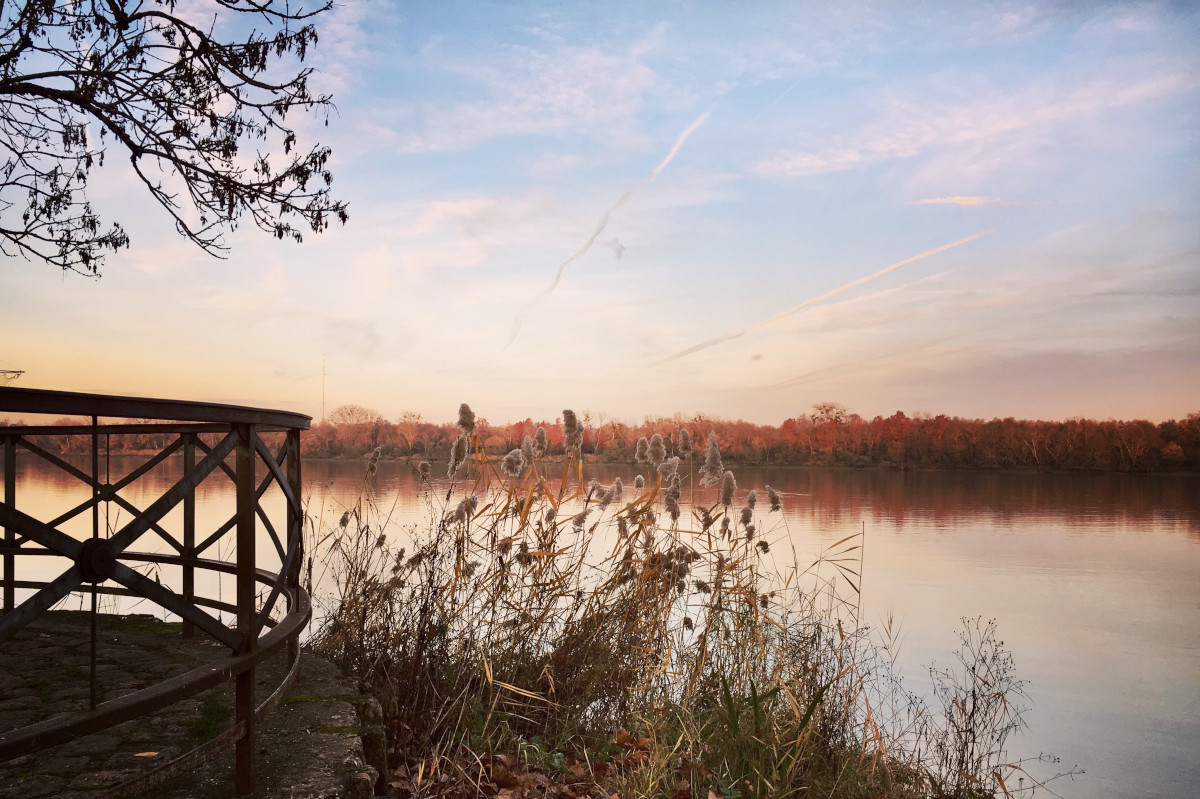
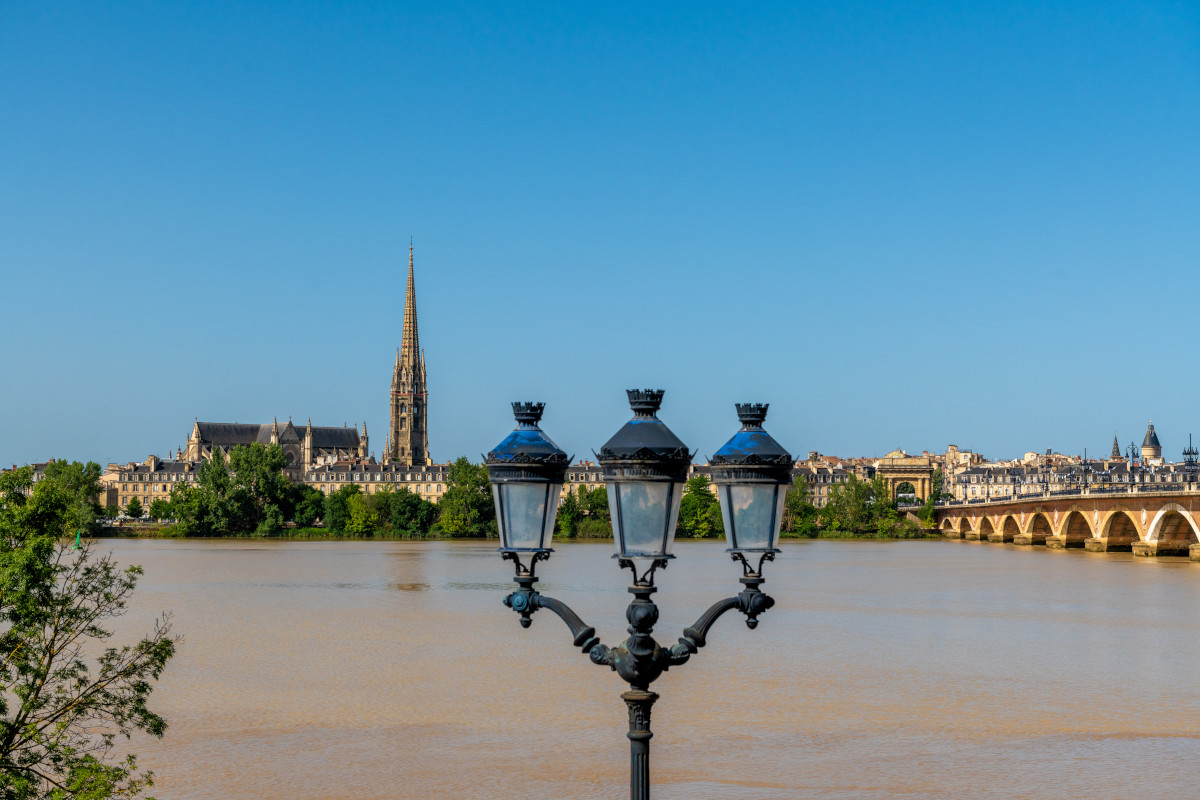
Stroll along the riverside and admire the mansions from Place de la Bourse to Chartrons. The area was significantly redeveloped in the early 2000s, when tree-lined public spaces were created, plus the outstanding feature, the Water Mirror, opposite Place de la Bourse. The self-guided ‘Tour of the Bridges Walk’ is a 7km stroll from the Miroir d’Eau, including the left bank which you might otherwise miss with ideas for good places to stop for a picnic or buy oysters at a market. And the Bordeaux Tourist Office has a post with lots of ideas for enjoying the riverside, including cruises, canoeing and cycling, and suggestions for places to listen to music or enjoy a little dancing at a ‘guinguette’.
Explore the Gironde Estuary
The Gironde Estuary, 75 km along the Garonne from Bordeaux, is Europe’s largest estuary and this post from the Bordeaux Tourist Office outlines many ways to visit it, by car, boat, bike or bus. Cruises can last anything from half a day to a week and are very varied. You could visit historical remains, such as the citadel at Blaye (a UNESCO World Heritage Site) or see the unique marshland and discover its wildlife. Some cruises are staffed by experts who will conduct an on-board wine-tasting or teach you how to fish. Others include stops at the Patiras Island lighthouse or the vineyards of the Margaux Islands. A list of cruises can be found here.
listen to the podcast
links for this post
Musée d’Aquitaine
Museum of Bordeaux Maritime History
Wine and Trade Museum
National Customs Museum
Museum of the Sea and Marine Life
Tour of the Bridges Walk (self-guided)
Bordeaux Tourist Office: ideas for enjoying the River Garonne
Boat Trips on the Garonne
Bordeaux Tourist Office: Visiting the Gironde Estuary
Previous episode Roman and Medieval Bordeaux
Next episode Finding World War II in Bordeaux today
Last Updated on July 3, 2024 by Marian Jones
